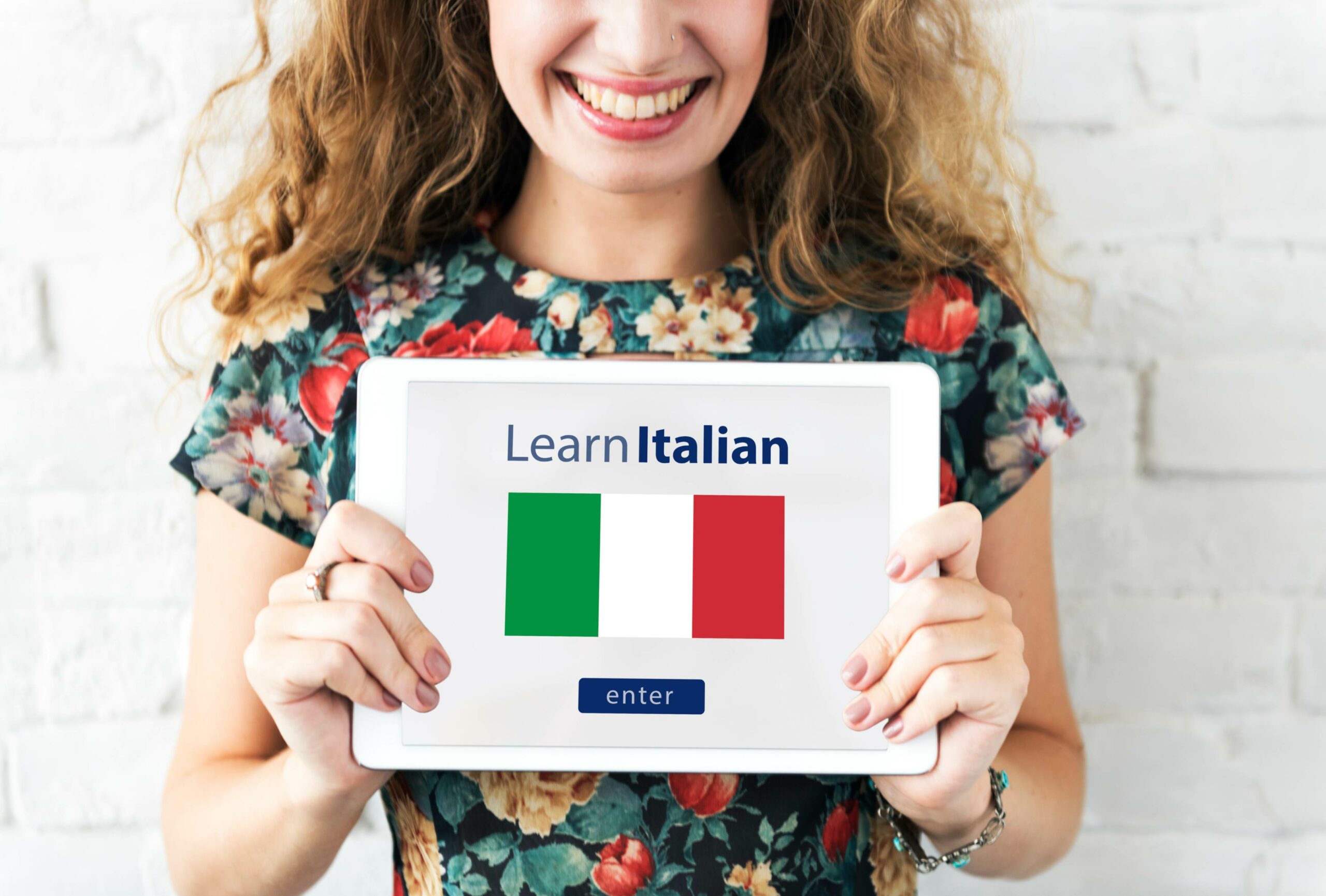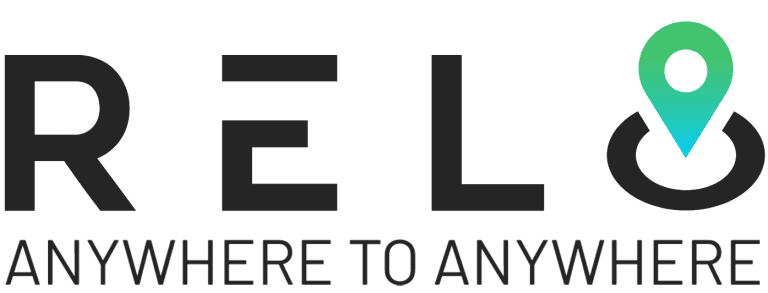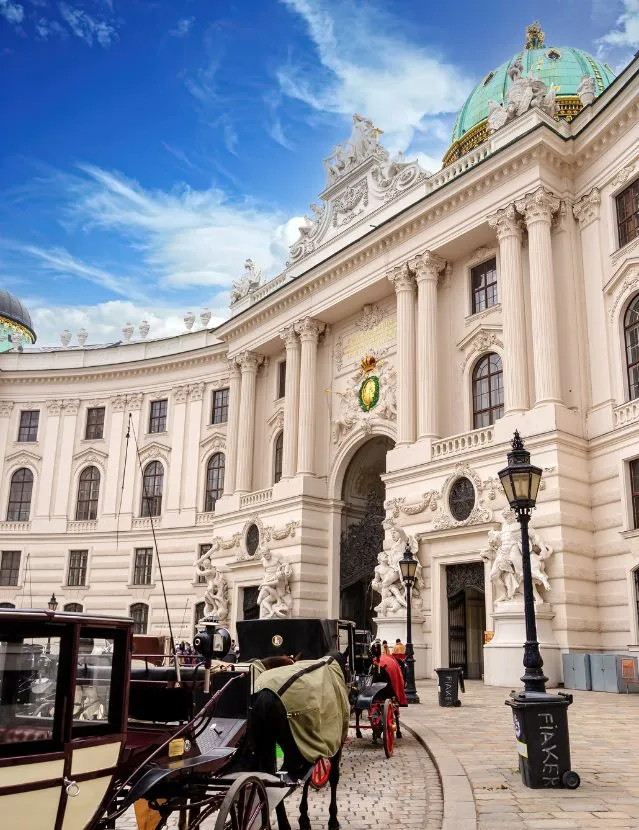Forget the nine-to-five grind and picture yourself working remotely from a sun-drenched Italian piazza, with breathtaking views as your backdrop. That’s the magic of Italy’s new digital nomad visa program. This exciting initiative, the Italy Digital Nomad Visa, welcomes folks outside the EU who crave a taste of la dolce vita while continuing their careers remotely.
It’s a chance to ditch the cubicle and immerse yourself in one of the world’s most stunning and culturally vibrant countries. This shift towards remote work isn’t going unnoticed. Italy’s new visa program is just one example of how countries adapt to the growing digital nomadism trend.
This post is your guide to everything you need to know. We’ll review who can apply, how to use it, and some tips to help you enjoy Italy as a digital nomad.
Ready to mix your work with Italian life? Let’s get started and make it happen!
Details of the Italy Digital Nomad Visa
The Italy Digital Nomad Visa enables remote workers, freelancers, and entrepreneurs to reside in Italy. They can continue to work for companies or clients located outside the country. Officially launched on April 4, the visa allows non-EU passport holders to stay and work long-term in Italy under remote employment. This visa allows digital nomads to dive into Italian culture while maintaining their global work flexibility.
This visa is part of Italy’s strategy to attract skilled professionals globally and enhance economic diversity. Applicants must prove a stable income sufficient to meet the cost of living in Italy and also hold comprehensive health insurance. The program is already popular, with hundreds of applications processed since its inception, reflecting a growing trend in remote work flexibility.

Benefits of Italy Digital Nomad Visa
It offers many benefits to remote workers and freelancers seeking to live and work in this captivating country. They enjoy the flexibility to choose their preferred location within Italy and the opportunity for cultural immersion and networking. The visa opens doors to a truly enriching experience.
Some of the key benefits include –
- One-Year Stay with Extension Options – This visa allows you to live in Italy for a year, with the possibility of renewal.
- Family Inclusion – You can bring your close family members along, a feature not available with all digital nomad visas.
- Affordable Cost of Living in Certain Areas – Many parts of Italy have lower costs than other major European cities.
- Reliable Infrastructure – With dependable internet access in most cities and many smaller towns, working remotely from Italy is seamless.
- Freedom to Travel in the EU – Holding this visa enables you to move freely within the Schengen Area, allowing you to explore various European countries.
- No Annual Quotas – Unlike some visas with caps, the Italy Digital Nomad Visa has no annual limit, making it more accessible.
- Pathway to Residency – This visa does not directly lead to permanent residency. Establishing long-term residency in Italy can be an effective stepping stone.
Eligibility Criteria
The Italian authorities designed the eligibility criteria for the Italy Digital Nomad Visa to ensure that applicants meet specific requirements to qualify for this visa program. At the same time, specific eligibility criteria may vary slightly depending on the issuing consulate or embassy. Applicants need to verify the requirements with the relevant authority.
The following are the standard requirements for applicants –
- Proof of Remote Work – It must demonstrate they can work remotely for a company or clients outside Italy.
- Sufficient Income – To meet living expenses in Italy, individuals must have an annual income of at least €28,000.
- Health Insurance – Comprehensive health insurance coverage for stays in Italy is mandatory.
- Clean Criminal Record – A clean criminal history and a background check from the country of residence are essential.
- Educational and Professional Requirements – Applicants must have a college degree or professional license and demonstrate at least 6 months of relevant work experience.
?Related – SafetyWing Digital Nomad Insurance for the Adventurous Soul
Application Process
The application process for the Digital Nomad Visa is straightforward but requires careful preparation. You must collect all necessary documentation. This includes proof of employment or freelance work, income statements, health insurance policy, and criminal background checks. Once your documents are ready, the next step is to schedule an appointment at the nearest Italian consulate or embassy.
You’ll submit your application and all the supporting documents during this appointment. After your visa is approved, you’ll be allowed to enter Italy. Upon arrival, digital nomads need to apply for a residence permit if they plan to stay in Italy beyond the initial validity of the visa. This permit is essential for extending your stay legally.
?♀️ Also read – Is Being a Digital Nomad Worth It?
Timeline for Applying For Italy’s Digital Nomad Visa
Applying for an Italy Digital Nomad Visa involves a detailed process that requires careful planning. Initially, you must spend several weeks collecting and preparing all the necessary documents. These include proof of income, employment details, health insurance, and criminal background checks.
After these are ready, you’ll need to submit your visa application at an Italian consulate, where the processing time can vary from a few weeks to 90 days, mainly depending on the consulate’s workload and your nationality.
Once you’ve successfully obtained your visa and arrived in Italy, the next crucial step is registering your presence with the local police office. Then, apply for a residence permit. You must complete this step within 8 days of your arrival, and processing the residence permit may take up to 45 days.
How Much Does Italy Digital Nomad Visa Cost?
The cost of obtaining the Digital Nomad Visa includes several components. The visa application fee generally hovers around €116, though this can vary slightly by location depending on the specific Italian consulate. After arriving in Italy, you must apply for a residence permit, typically costing between €100 and €200. This fee covers the electronic residence card and any administrative expenses.
You must obtain comprehensive health insurance for the duration of your stay. With costs ranging from €400 to over €1,000 annually, depending on the extent of coverage and age. Any documents not already in Italian must be accurately translated and legally legalized. With the associated costs varying based on the number of papers and the rates of the translating services.
Recommended read – 10 Must-Have Budgeting and Expense Tracking Apps for Digital Nomads
Paying Taxes as a Digital Nomad in Italy
Tax obligations for digital nomads in Italy depend on their residency status. Digital nomads must understand and comply with Italian tax laws to avoid potential issues. Seeking guidance from tax professionals familiar with international tax matters can provide valuable assistance in navigating Italy’s tax system and ensuring compliance with all obligations.
Here’s an overview of the tax obligations for digital nomads in Italy –
- Non-Resident – If staying in Italy for less than 183 days in a calendar year, digital nomads are taxed only on the income generated in Italy.
- Resident – Staying longer than 183 days makes you a tax resident, subject to Italian taxes on worldwide income. The Italian tax system includes several brackets, ranging from 23% to 43%, depending on the income level.
Digital nomads should consider consulting with a tax professional to understand their tax obligations fully and take advantage of any applicable tax treaties between Italy and their home country to avoid double taxation.
Living and Working in Italy
It provides digital nomads with a unique blend of opportunities for cultural immersion, quality of life, and diverse landscapes. With its rich historical heritage, stunning landscapes, and world-renowned cuisine, Italy stands out as an appealing destination for remote workers. The country offers a wealth of cultural experiences, from exploring ancient ruins in Rome to admiring Renaissance art in Florence and navigating the canals of Venice.
Italy consistently ranks highly in global indices for quality of life, boasting a relaxed lifestyle, excellent healthcare system, and strong community bonds. The diverse landscapes cater to varied preferences, whether seeking the Amalfi Coast’s serene beaches, Tuscany’s picturesque rolling hills, or the vibrant urban energy of cities like Milan and Naples. This diversity ensures that digital nomads find an environment that suits their lifestyle and preferences, enhancing their overall experience in Italy.

Challenges as a Digital Nomad in Italy
While the prospect of working from Italy might sound like a dream, potential nomads should be aware of some challenges and their respective solutions to ensure a smooth transition into their new Italian lifestyle. Preparation is critical to making the most of this exciting opportunity.
1. Cost of Living
Some areas, particularly preeminent cities and tourist spots, can be expensive due to high demand and premium services. It’s also worth noting that seasonal fluctuations can significantly affect prices, especially in coastal and popular tourist regions, which may impact your budget planning.
Solution – Consider living in smaller towns or rural areas with significantly lower costs. Leveraging local markets and eateries instead of tourist-targeted spots can help manage expenses.
2. Bureaucracy
Italy is known for its complex bureaucracy, sometimes making obtaining visas and residence permits slower and more complicated than expected. With proper preparation and patience, navigating the bureaucratic processes can lead to a rewarding experience as a digital nomad in Italy.
Solution – Prepare all documents meticulously and consider hiring a local expert or legal advisor who understands the intricacies of the Italian bureaucratic system. It can streamline the process and help avoid common pitfalls.
3. Language Barrier
While businesses and tourists often speak English, learning basic Italian can significantly enhance your daily life and help you integrate into local communities. Embracing the beautiful Italian language fosters connections with locals, enriching your digital nomad experience in Italy.
Solution – Before moving, take some introductory Italian language courses. Utilize language learning apps like Duolingo, Babbel, or Rosetta Stone to help improve your Italian. Consider joining local language groups or meetups to improve fluency.

To Wrap Up
Italy’s Digital Nomad Visa opens a new chapter for remote workers desiring to blend productivity with the pleasure of living in one of the most beautiful countries in the world. With careful planning and compliance with Italian regulations, the dream of working amid Italy’s historic landscapes and modern comforts can become a reality. Italy now waits with open arms for those looking to take the plunge into the world of digital nomadism.
Ease Your Digital Nomad Transition with Relo.AI
Your Italy Digital Nomad Visa opens the door to rolling vineyards, historic cities, and exquisite cuisine. But there’s more to explore! Don’t let the stress of relocating dampen your enthusiasm.
Schedule your FREE consultation today and let Relo.AI simplify your transition to the Italian digital nomad lifestyle! ??











